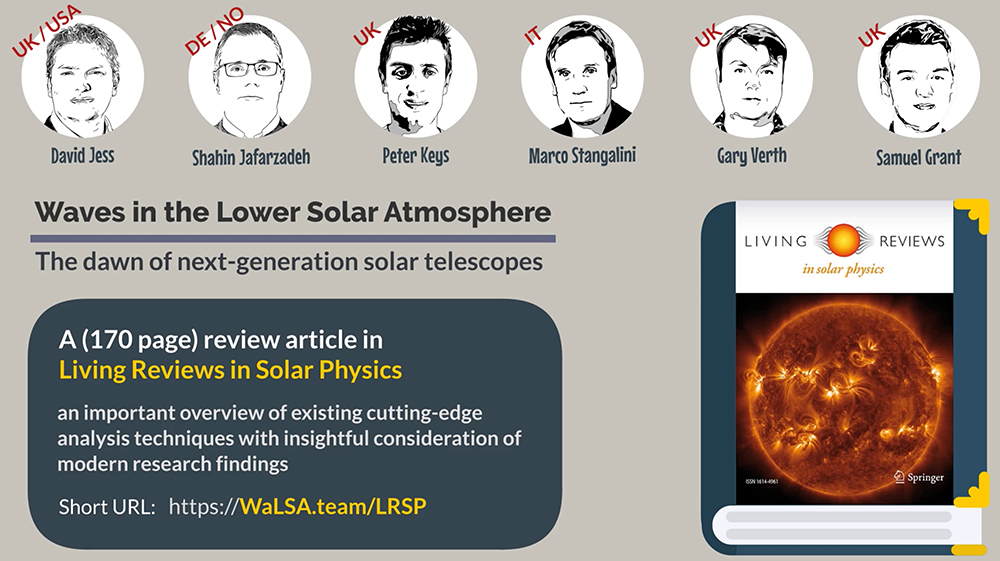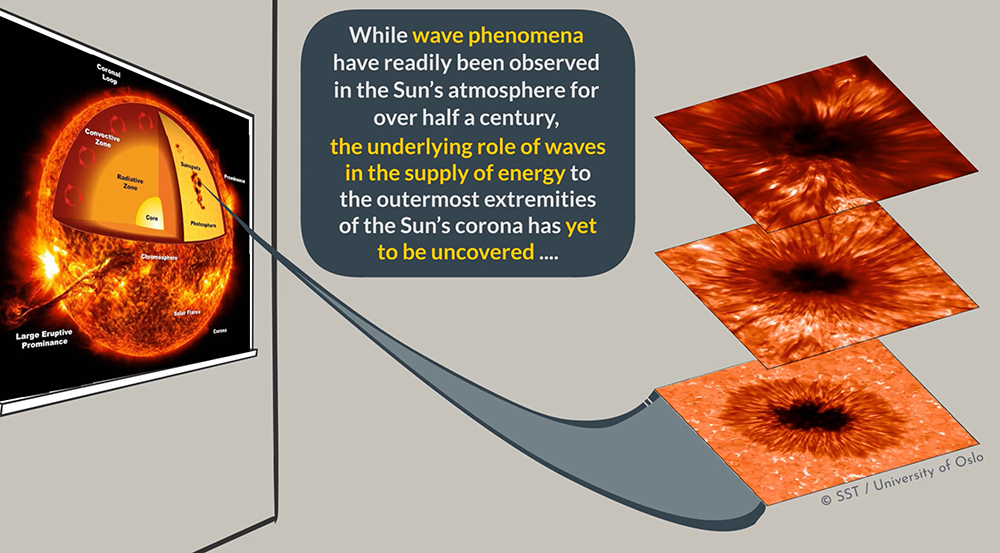Clearly written
The authors have combined an important overview of existing cutting-edge analysis techniques with insightful consideration of modern research findings to provide a thought-provoking synopsis of the current state-of-the-art.
The complete review is designed to be easily accessible by students, post-doctoral researchers, and academics:
If you want to learn about waves in the lower solar atmosphere, wave analysis techniques & the current state-of-the-art in the field,
the abstract of the article presents, very briefly, the importance of the topic covered, says Shahin Jafarzadeh who is guest researcher at RoCS.
- The review article coincides with the dawn of next-generation telescopes, including the world's largest solar facility: the Daniel K Inouye Solar Telescope (DKIST), designed to study energy flow through the Sun's tumultuous atmosphere, explains Jafarzadeh.
The article is is publicly available at Springer(external link) published by Springer Publishing's Living Reviews in Solar Physics or you can find the article in PDF format here: Waves in the lower solar atmosphere: the dawn of next-generation solar telescopes" (external link).

